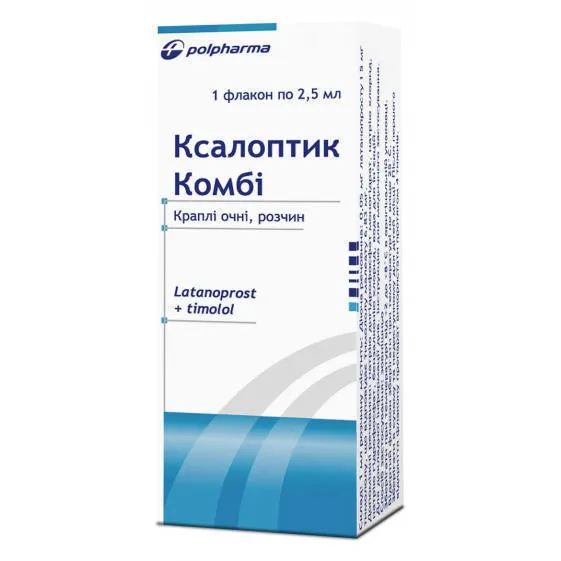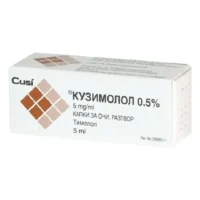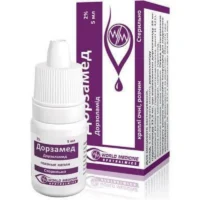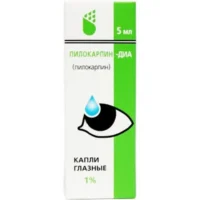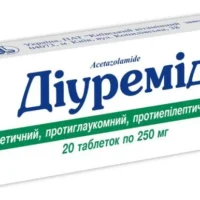Description
Csaloptik (Latanoprost) Eye Drops Solution 50 mcg/ml. 2.5 ml. Vial №1
Ingredients
Active ingredient: Latanoprost 50 mcg/ml.
Mechanism of Action
Latanoprost, a prostaglandin analog, increases the outflow of aqueous humor from the eye by enhancing uveoscleral outflow, thereby reducing intraocular pressure.
Pharmacological Properties
Latanoprost in Csaloptik eye drops effectively lowers intraocular pressure, making it beneficial for patients with open-angle glaucoma or ocular hypertension.
Indications for Use
Csaloptik eye drops are indicated for the reduction of elevated intraocular pressure in patients with open-angle glaucoma or ocular hypertension.
Contraindications
Do not use Csaloptik if you are allergic to latanoprost or any other ingredients in the product.
Side Effects
Common side effects may include eye irritation, blurred vision, and changes in eyelash growth. Contact a healthcare provider if any adverse reactions occur.
Usage Instructions
Dosage: The usual recommended dose is 1 drop in the affected eye(s) once daily in the evening. Do not exceed the recommended dosage.
Benefits Compared to Analogues
Csaloptik (Latanoprost) eye drops have shown similar or superior efficacy in reducing intraocular pressure compared to other glaucoma medications in clinical trials.
Suitable Patient Groups
Csaloptik eye drops are suitable for adults, including the elderly, with open-angle glaucoma or ocular hypertension. Consult a healthcare provider for use in pediatric patients.
Storage and Shelf Life
Store Csaloptik eye drops at room temperature, protect from light, and use within the specified shelf life. Discard any unused portion after the expiration date.
Packaging Description
Csaloptik eye drops are available in a 2.5 ml vial, providing a convenient and sterile application method.
Clinical Evidence and Proven Effectiveness
Clinical studies have shown that Csaloptik (Latanoprost) effectively reduces intraocular pressure by increasing aqueous humor outflow, establishing its efficacy in managing glaucoma and ocular hypertension.

